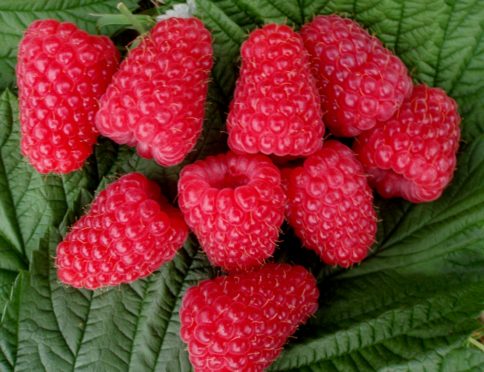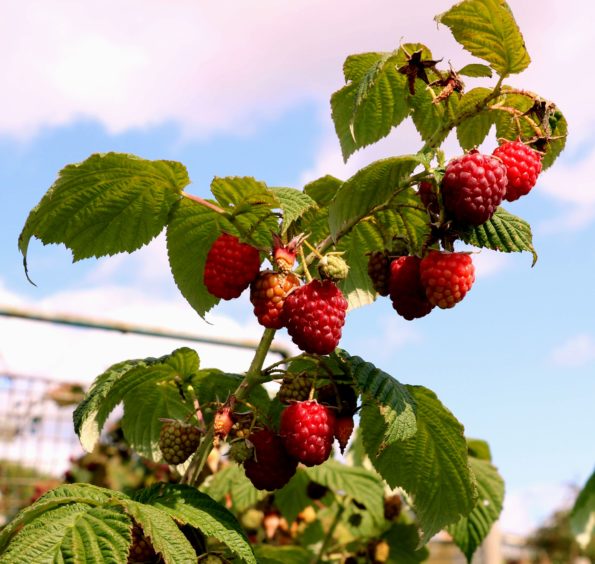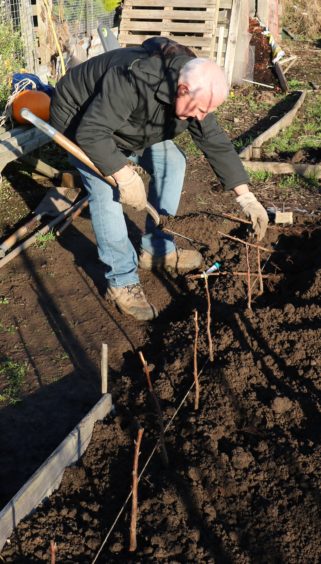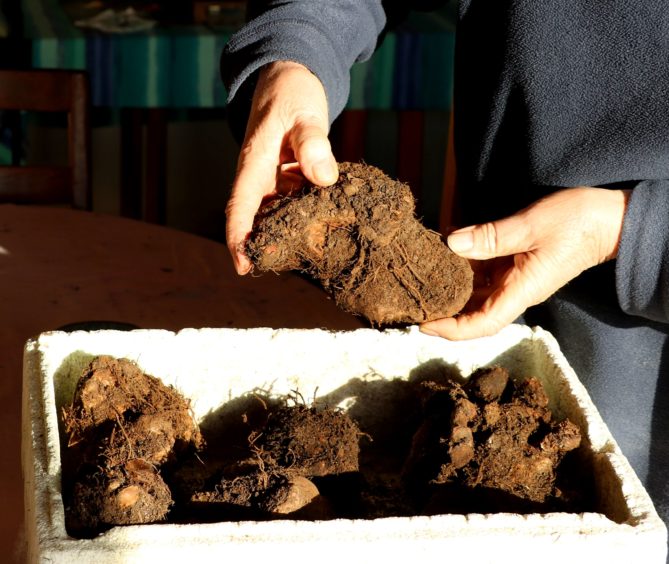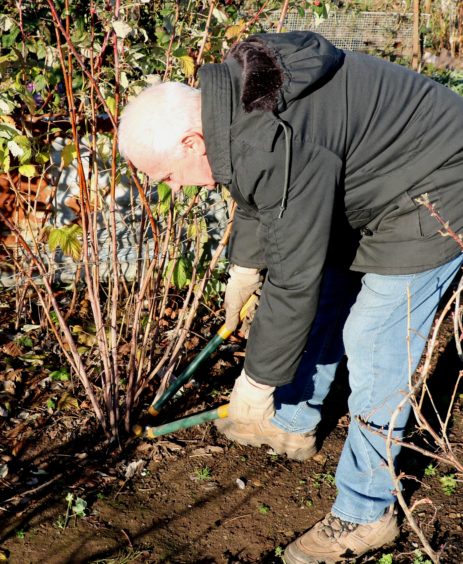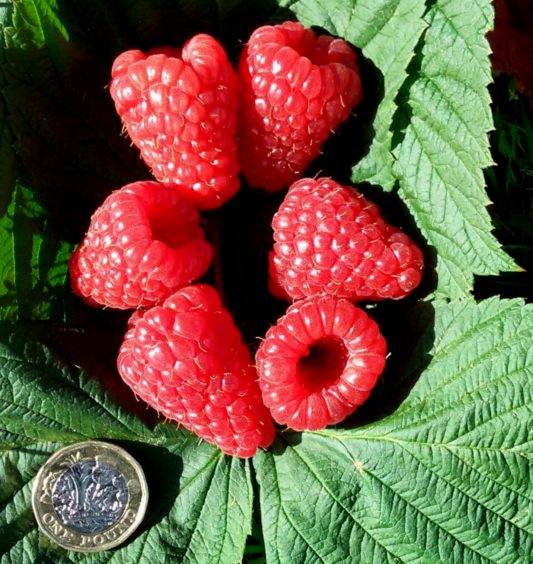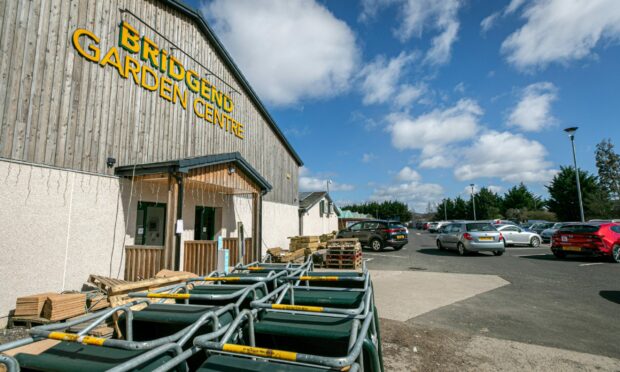My introduction to the humble raspberry was in the early fifties when this eight year old followed a group of young kids from our housing estate to our local raspberry fields, just a ten minute walk away.
It was a magical moment when I first tasted the fruit, and then when I filled a bucket of berries and handed them over to the farmer I got paid.
A few years later, as the young apprentice gardener keen to learn horticultural skills, I purchased a few canes to grow my own raspberries in my garden.
It was probably Malling Promise variety, though at that time Lloyd George and Norfolk Giant were also very popular.
However Norfolk Giant was so vigorous that you needed to learn to arch over the canes in winter when you tied them onto the wires.
Later on Malling Jewel appeared and became the favourite for many years.
Raspberry breeders are still very busy seeking out those with excellent flavours, canes that are spine free and plants that can resist pests and diseases.
Work on raspberry breeding has been going on for a very long time at the Scottish Crops Research Institute, now known as the James Hutton Institute.
The early success with Glen Ample was a big breakthrough, but then the raspberry root rot phytophthora rubi appeared and devastated field production.
Breeders added resistance to this disease a priority both here and other countries. Demand from supermarkets for clean fruit and the need to protect canes from soil borne disease changed the growing system, so now raspberries are grown in containers off the ground and under the protection of polythene tunnels.
However the home gardener is still most likely to grow them in a row outdoors, but we can take advantage of new varieties as they are released to the trade.
I now grow Glen Fyne and Glen Dee for my summer fruiting crops and Polka and Autumn Treasure for autumn fruiting.
I also have Autumn Bliss, one of the first autumn fruiting varieties which is very reliable, but the stems are full of wee spines so picking can be unpleasant on a warm day with bare arms.
Nikki Jennings has been very busy breeding new varieties at James Hutton Institute and this year the latest to be released is Glen Carron, a summer fruiting variety with excellent flavour and size, and spine free canes with good resistance to cane diseases.
Nikki has another excellent summer fruiting variety RBC16F6 showing good resistance to phytophthora root rot still under trial as well as two autumn fruiting varieties, RBC16P4 and RBC16P5, as yet un-named.
Soil cultivation and planting
Raspberries can continue to fruit for well over ten years, so make sure soil cultivations are at their best.
Take out a trench and fork up the bottom adding plenty of manure or compost then backfill.
Plant canes about a foot or more apart. In spring add some fertilizer and keep the rows weedfree.
In the second year they will need support with strong posts and wires at three feet and five feet from the ground.
Summer fruiting varieties fruit on canes grown the previous year, so in winter cut out the old fruited canes and tie in the new canes so that they are about four inches apart along the top wire.
Autumn fruiting varieties have all the canes cut back to ground level in winter. Raspberries like well drained fertile soil that retains moisture in summer and has a neutral pH.
Once shoots begin to emerge in spring it is a good idea to add a mulch to retain moisture and suppress weeds.
Raspberries produce a lot of suckers which is fine along the rows but unwelcome anywhere else so remove these as they appear.
The main pest is raspberry beetle which lays eggs which hatch and the maggot starts to eat its way into the centre.
They can be controlled with carefully timed sprays at first pink fruit and a fortnight later.
Wee jobs to do this week
Tuberous begonias that were lifted in November and brought indoors should now be quite dry, so clean off any soil and store them in boxes in a frost free garage or shed for the winter.
Check tubers after a few weeks for any sign of vine weevils as they love begonias and the grubs will slowly eat the corms if not eradicated.
Damage shows up as they burrow into the tuber leaving a wet hole.
